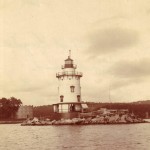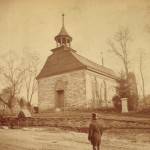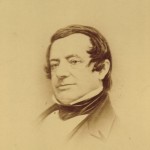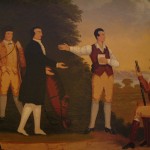The historic and picturesque villages of Tarrytown and Sleepy Hollow are nestled on the eastern shore of the Hudson River, 25 miles north of New York City. The two villages have been the site a Native American settlement, Frederick Philipse’s manor house, mill and church, the capture of the British spy Major John Andre by local patriots, part of the Westchester County Millionaires Colony, and several innovative automobile companies. After Washington Irving wrote The Legend of Sleepy Hollow, the area gained enduring fame and recognition all over the world.
The Sleepy Hollow Legend
While visiting relatives in Tarrytown as a child in the 1790s, Washington Irving learned to love the local community. Written in 1819, his short story The Legend of Sleepy Hollow, gave Tarrytown and Sleepy Hollow world-wide recognition. In the Legend, Irving combined many of the folk tales he had heard over the years together with local traditions and many prominent family names. Katrina Van Tassel, the Old Dutch Church, Ichabod Crane, and the Headless Horseman are constant reminders of a historic and legendary past. After he purchased the old Van Tassel farm in Tarrytown, Irving continued to write, travel, and accept political appointments, including a three-year assignment as Ambassador to Spain. Despite his many travels, Washington Irving always considered our community his true home. He was very involved in village life and when he died in 1859, he was laid to rest in the Tarrytown Cemetery, now renamed the Sleepy Hollow Cemetery.





